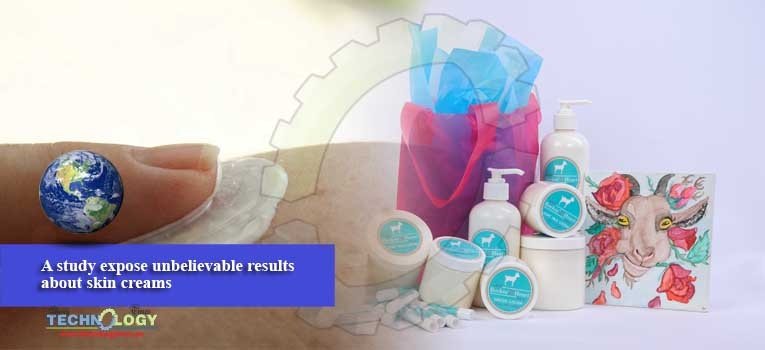Anyone who has gone through the stress and discomfort of raw, irritated skin knows the relief that comes with slathering on a creamy lotion, skin creams.
 Topical creams generally contain a few standard ingredients, but manufacturers know little about how these components interact to influence the performance of the product.
Topical creams generally contain a few standard ingredients, but manufacturers know little about how these components interact to influence the performance of the product.
Now, researchers report the first direct glimpse of how a cream or lotion is structured on the molecular scale, and it’s not quite what they expected.
The researchers will present their results at the American Chemical Society (ACS) Fall 2019 National Meeting & Exposition.
“The long-term stability and clinical properties of a cream are determined by its fundamental structure,” says Delaram Ahmadi.
“If we can understand the chemical microstructure of the cream and relate that to the structure of the skin, then perhaps we can better repair the compromised skin barrier.”
Cream is usually thought of as stacks of lamellae, or membranes, composed of surfactants and co-surfactants that maintain oil droplets dispersed within water (or vice versa).
To reveal a cream’s true structure, the researchers started with an aqueous cream formulation from the British Pharmacopoeia that contains two co-surfactants and a sodium dodecyl sulfate (SDS) surfactant. They also incorporated a diol known to act as a preservative.
One by one, replaced each ingredient with heavier isotopic versions. The researchers then scattered X-rays and neutrons off the selectively isotope-labelled samples and, from the resulting patterns of scattering, determined the location of each ingredient and the aggregate it formed within the skin creams.
The team is currently performing computer experiments to model the behavior of the preservatives in a bilayer system like a cream to understand why they are in the membrane layer.
They also want to study different creams. In addition, personal care companies have phased out SDS as a surfactant, so the researchers plan to analyze variations without SDS in the future.